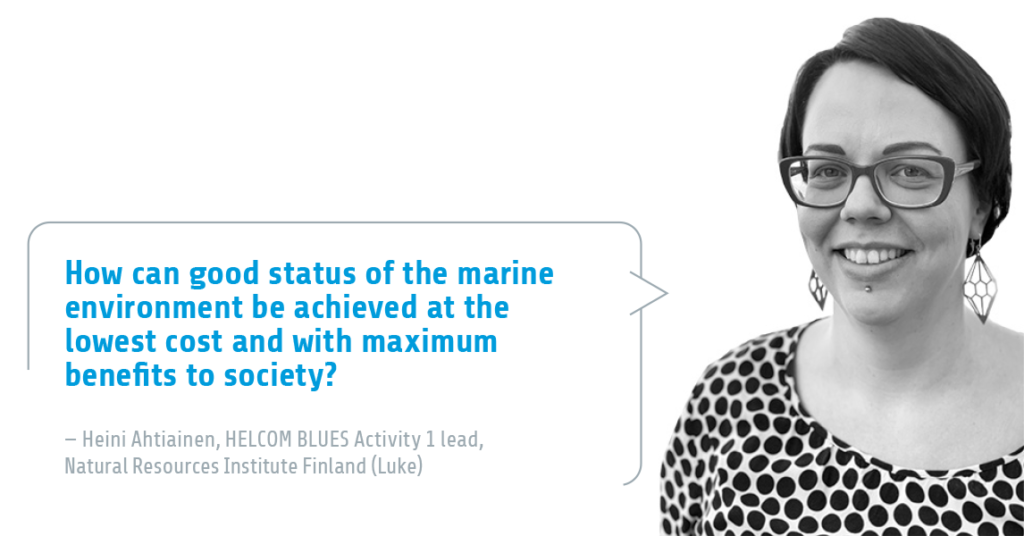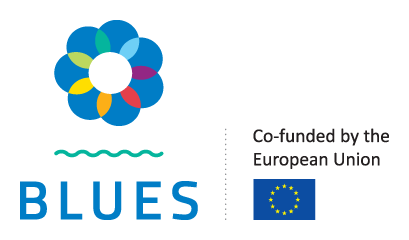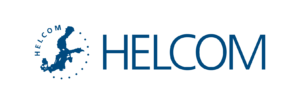
Heini Ahtiainen leads Activity 1 on effectiveness and measures. She is a senior scientist at the Natural Resources Institute Finland (Luke) where she works on economic valuation of environmental benefits and ecosystem services on human well-being. Prior to Luke, she was working at HELCOM where she handled matters related to socio-economic analyses, notably managing the Expert Network on Economic and Social Analyses (EN ESA) and being involved in the EU co-funded projects ACTION and Pan Baltic Scope.
1. What is Activity 1 on effectiveness and measures all about? What main challenges does it try to solve?
Heini Ahtiainen: The HELCOM BLUES Activity 1 supports the design and implementation of effective measures and policies to protect the Baltic Sea environment. At present, knowledge on the environmental and socio-economic impacts of measures at the Baltic Sea scale is often limited. This makes it challenging to assess what kind of improvements in the state of the marine environment could be achieved with measures that are already in place. It is also difficult to get accurate estimates of the actual costs, and to understand how our well-being would change as a result of sound implementation. Activity 1 compiles and produces information on the effects, sufficiency, costs and benefits of measures for environmental protection, and incentives that affect their implementation for improved marine policies and human well-being.
2. What are the planned outcomes of Activity 1?
Activity 1 seeks to improve the general framework for assessing the effectiveness, sufficiency and socio-economic impacts of measures, building on the work of previous HELCOM projects, such as ACTION, SPICE and TAPAS. The framework will enable the analysis of various environmental topics at the regional scale, and can easily be extended when additional knowledge and data become available. Furthermore, Activity 1 will provide estimates of the economic benefits of achieving good status of the marine environment and of the benefits from marine ecosystem services. It will also give an indication about costs and effectiveness of measures, and produce a cost-benefit analysis of achieving state improvements.
3. How will Activity 1 benefit the protection of the marine environment of the Baltic Sea? Are there benefits for your organization (Natural Resources Institute Finland, Luke) as well?
Activity 1 will provide science-based evidence for the design of effective measures and policies about protecting the marine environment. This includes information on which measures could be the most effective in improving the state of the Baltic Sea, how much they would cost and what kind of benefits they would provide to citizens living in the coastal countries. This kind of analysis can provide insights into how a good status of the marine environment could be achieved at the lowest cost and with most benefits to society. The analysis of incentives provides an improved understanding of the factors that affect the implementation of measures. The final aim is to support achieving the environmental goals in an efficient way.
The work under HELCOM BLUES and Activity 1 is in line with the mission of the Natural Resources Institute Finland (Luke): “to provide solutions through research in order to solve local and global challenges”. In addition to the newly generated knowledge and solutions, the project will allow us to participate in an interdisciplinary and policy-relevant work that supports the activities of HELCOM and its Contracting Parties, and that contributes to improving the state of the environment and human well-being in the Baltic Sea region.

